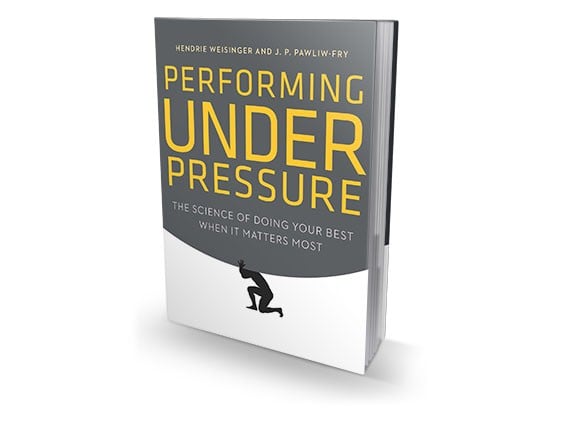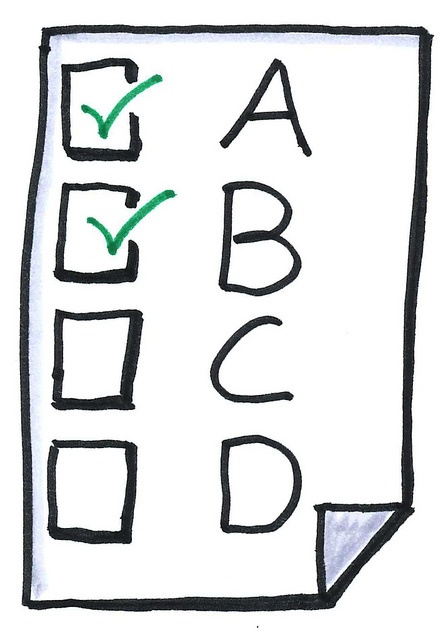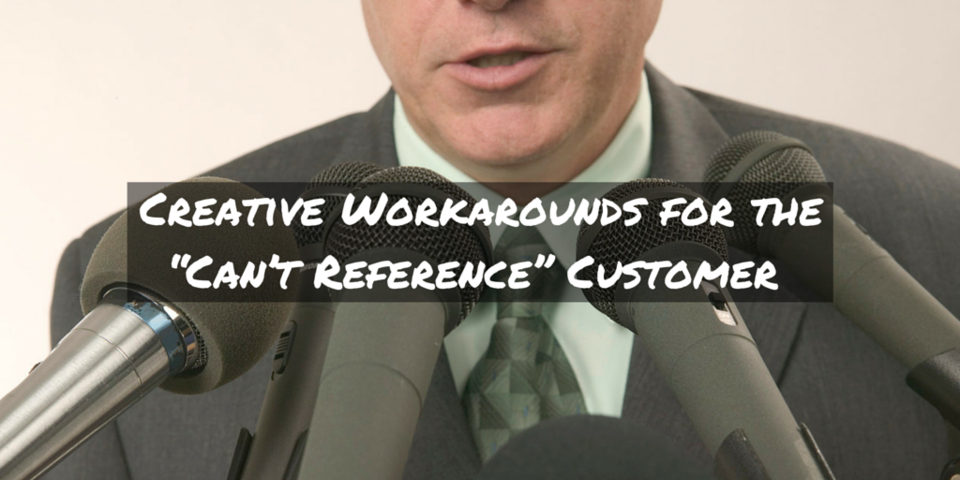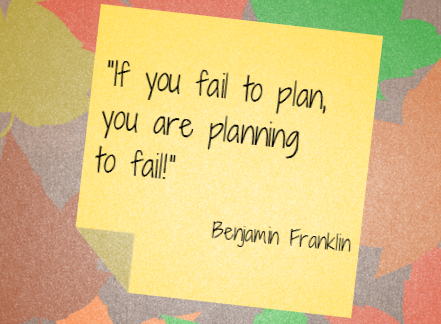TOP TALK
Fighting the Choke: The Science Behind Performing Under Pressure

Posted By Colleen Irish on September 17, 2015
 Image Credit: Multiple Choice Test, Oliver Tacke on Flickr
Image Credit: Multiple Choice Test, Oliver Tacke on Flickr
Summer may be on its way out, but with these recent weekends of beautiful September weather, I was able to grab a few more beach days and finish up the book, Performing Under Pressure by Hendrie Weisinger and J.P. Pawliw-Fry. A “must read” for every business professional, Weisinger and Pawliw-Fry’s book couldn’t be more timely as we say goodbye to relaxed summer work environments and “hello again” to the fast-paced business world of tight deadlines, client meetings, presentations, and critical decisions.
How many times have you heard someone say, “I perform my best under pressure”? Contrary to conventional wisdom, Weisinger and Pawliw-Fry have discovered from years of research that people frequently perform far below their capability in pressure moments. Most, as a matter of fact — even top athletes and/or leaders – do worse! When under pressure, air traffic controllers make errors in judgment; NBA players frequently miss their shot; actors forget their lines; and corporate executives make poor decisions. The bottom line: Pressure is the adversary of success. It undermines performance and causes us to do poorly or even fail according to these two authors.
One might say NBA star Michael Jordan debunks this theory; or does he? In the very familiar Game 6 of the 1998 NBA finals, the Chicago Bulls were down 86-85 with 16 seconds left, and just as the ball entered Jordan’s hands, “SWISH” – nothing but net! If you take a closer look at the statistics, this superhuman feat was actually an uncharacteristic moment for Jordan, who typically shot below his average when the game was on the line.
Personally, I don’t enjoy the stressful feeling of having to meet weekly deadlines – something we can all relate to in the field of PR and marketing, but still, I have always had the mindset that having this pressure is motivational for getting things done. One of the studies cited in the book, from Harvard Business School, proves that time pressure stifles creativity when fighting the clock. The 12,000-day study conducted by Harvard professor Teresa Amabile found that teams were least creative when fighting the clock because they couldn’t deeply engage with the project. In many instances, when the stakes are high and the company’s future rests on the outcome — such as in a new business presentation or big client project — teams get caught up in the fear of failure and fall back on safe, standard approaches instead of trying something different or “out of the box.”
Technology today can also contribute to our daily stress by presenting expectations to be online 24/7 churning out content and ideas, and instantaneously responding to emails or social posts. With this constant fear of “falling behind,” anything new added to your plate can cause additional “pressure spikes.” Weisinger and Pawlin-Fry point out the trickle effect to this typical scenario, when the pressure spikes, managers start to feel overwhelmed and may respond in a negative, more reactive way that can be detrimental to his/her capabilities and ultimately the team’s performance.
I imagine all of this data may have you feeling your own “pressure spikes” right now. The good news is Weisinger and Pawliw-Fry’s book is chock full of practicable strategies and techniques that individuals can use to “depressure” a situation and immunize themselves against the sabotaging effects of pressure. Some of the solutions offered that stood out the most to me, include:
Focus on the mission: This solution reminds us to stay on task, ask yourself “what are you trying to accomplish?” to avoid letting distracting thoughts of self doubt or self-consciousness derail your efforts. By focusing on your mission before and during a high-pressure moment, you can “depressure” the situation and recognize the best way to succeed.
Put away self-consciousness: As the saying goes, “practice makes perfect.” Another study referenced, conducted at Michigan State, showed that while explicit rehearsal of a task can still lead to choking once in the stressful situation, practicing in front of coworkers and/or monitoring through video can be beneficial for tasks that are new to an individual. If you’re not able to practice in front of others, take advantage of video capabilities on your smartphone and tape yourself when preparing for a speech or presentation. While initially this may heighten your tendency to be self conscious, eventually you will become desensitized and less affected by the fact that others are observing you. Instead you can simply focus on your presentation.
Befriend the moment: Weisinger and Pawliw-Fry’s data indicates that the majority of individuals in the working world see pressure situations as threatening—even as “do or die.” This outlook however can undermine self confidence, elicit fear of failure and impair short-term memory. Many of us also feel the physical effects of these stressful events and experience sweaty palms, a racing heartbeat and/or constricted breathing. To avoid this from happening, the strategy of befriending or embracing the moment offers an opportunity to turn these pressure situations into a challenge and opportunity for “fun!” This more positive outlook can translate into enthusiasm to conquer the challenge ahead, a powerful emotion to overcome any previous fear or anxiety.
Use a benchmark: Another great tool for increasing your performance under pressure is by tracking your success to date. By assessing your performance on similar tasks in pressure situations (i.e. if your business presentation lands a new client, your presentation results in a sales lead, or a killer pitch to a reporter delivers a big press hit), you’ll have a baseline to measure successes to date which can only help build self-confidence for future high-pressure situations.
Performing Under Pressure provides an excellent guide for business professionals and teams in high-pressure, high-performance environments. With nearly two dozen strategies to pick and choose from, business professionals and teams can recondition the way they handle pressure for continued success.



